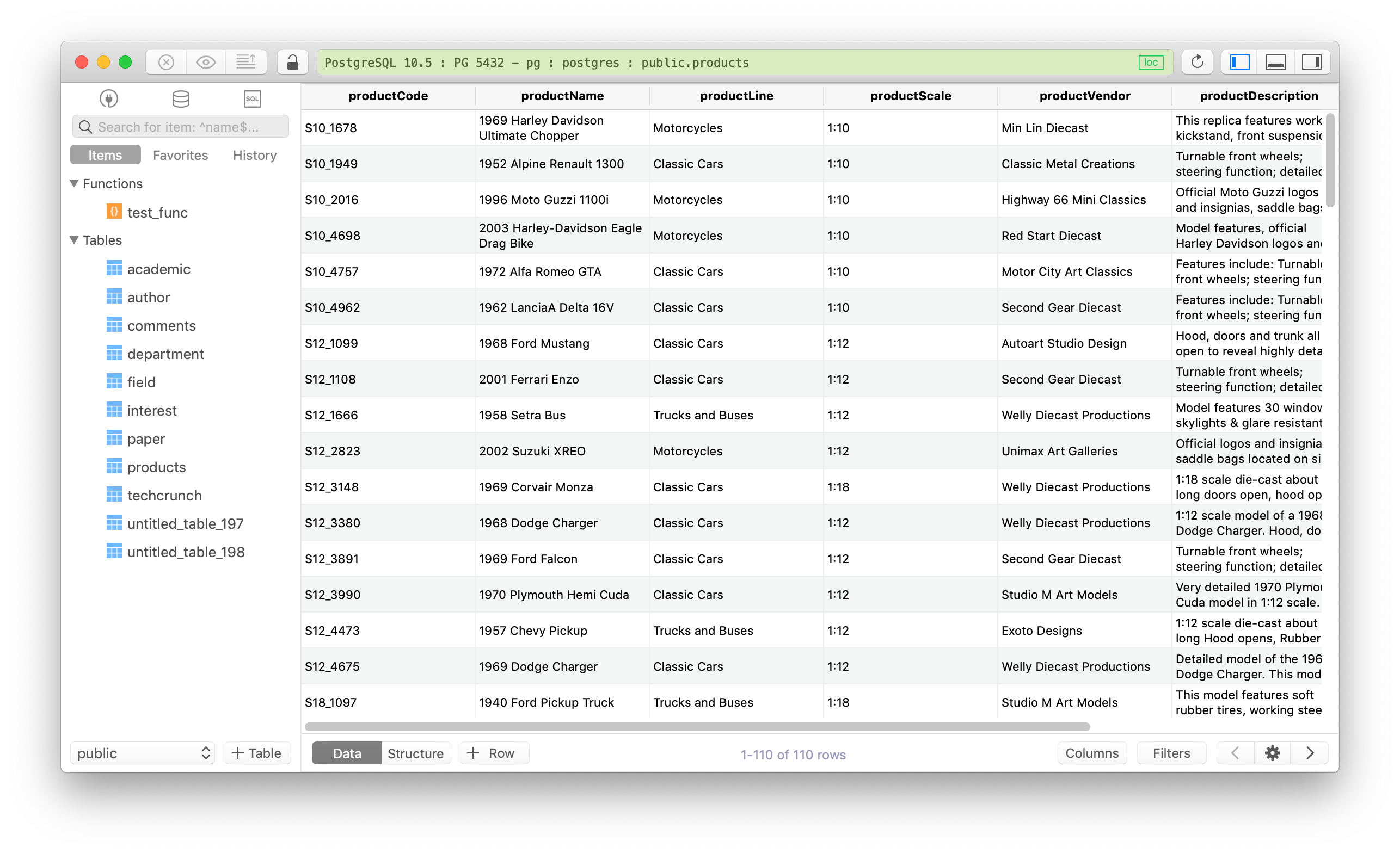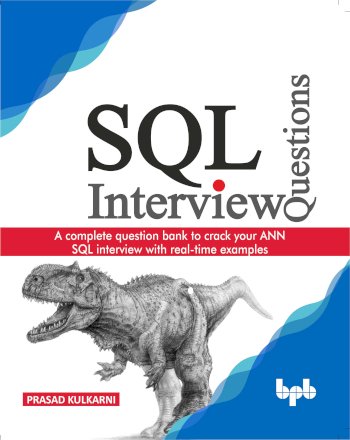
If the object requires parameters, the Debug Procedure dialog box appears, with a table containing a row for each parameter. Right-click the AddProduct stored procedure (located under Local -> TradeDev database -> Programmability -> Stored Procedures). Press the drop-down arrow on the green arrow button in the Transact-SQL editor toolbar and select Execute with Debugger to execute the query with debugging on.Īlternately, you can start debugging from SQL Server Object Explorer. 50, N'Contoso' Ĭlick the left window margin to add a breakpoint to the EXEC statement.
TABLEPLUS VIEW SQL PRINT CODE
Paste in the following code to the query window. In SQL Server Object Explorer, under the Local node, right-click TradeDev database and select New Query. (Id, Name) VALUES F5 to build and deploy the project.

Paste the following code to the store procedure. Name this new stored procedure AddProduct and click Add. In Solution Explorer, right-click the TradeDev project and select Add, then Stored Procedure. ON ( A.i=B.i and A.data='' and B.Transact-SQL debugging isn't available for Azure SQL Database or Azure SQL Managed Instance. ON A.i=B.i WHERE A.data='' and B.data='' Select A.i, A.data, B.i, B.data from A LEFT JOIN B Note that the COALESCE function returns the first non-null argument, so the following syntax has the similar effect as the ISNULL function above: COALESCE(expression,replacement)Īlso, in addition to COALESCE you can use CASE expression:ĬREATE TABLE A( i int, val int, data varchar(16) ) ĬREATE TABLE B( i int, val int, data varchar(16) ) However, you can use the COALESCE function which provides the similar functionality. PostgreSQL does not have the ISNULL() function. (SELECT date_trunc('hour',t) span, dev_id, count(*) as dev_points FROM A GROUP BY dev_id, span) Y SELECT D.dev_id, B.span, B.span_points FROM (select date_trunc('hour',t) span, count(distinct t) as span_points FROM A GROUP BY span) B Select X.span, X.dev_id, Y.dev_points, X.span_points, COALESCE(Y.dev_points/X.span_points::float,0) as load FROM Number of records per hourly span per device / number of distinct timestamps per hourly interval > average load per device per timestamp = SELECT date_trunc('hour',t) span, dev_id, count(*) as dev_points FROM A GROUP BY dev_id, span > get number of records per hourly interval per device Select date_trunc('hour',t) span, count(distinct t) as span_points FROM A GROUP BY span > get number of distinct timestamps per hourly interval

INSERT INTO D VALUES(1,'a'),(2,'b'), (3,'c') ĬREATE TABLE A (t timestamp, dev_id int, val int) Group by event_type, B.number_of_distinct_timestamps (select count (distinct time) as number_of_distinct_timestamps from events) B ( select event_type, time, count(*) as cnt from events group by time, event_type order by time) A, Select A.event_type, sum(A.cnt) as total, count(*) ,Īvg(cnt), (sum(A.cnt) / B.number_of_distinct_timestamps) as real_average from We want to count the missing timestamps as real records with count=0 for calculating the real average: ( select event_type, time, count(*) as cnt from events group by time, event_type order by time) A Select event_type, sum(cnt) as total, count(*) from Select event_type, time, count(*) as cnt from events group by time, event_type You can use LAG() to reference previous rows DISTINCTĬreate table events(event_type int, time timestamp) Where t1.day >=t2.day and t1.driver_id = t2.driver_id SELECT content_id, store, kids_directed, ROW_NUMBER() OVER( PARTITION BY content_id, store ORDER BY date_key desc) as row_num

SELECT 'c2' as content_id, 's1' as store, False as kids_directed, '' as date_key SELECT 'c2' as content_id, 's1' as store, True as kids_directed, '' as date_key SELECT 'c1' as content_id, 's2' as store, False as kids_directed, '' as date_key SELECT 'c1' as content_id, 's1' as store, True as kids_directed, '' as date_key FIRST_VALUE(kids_directed) OVER( PARTITION BY content_id, store ORDER BY date_key desc rows unbounded preceding)


 0 kommentar(er)
0 kommentar(er)
